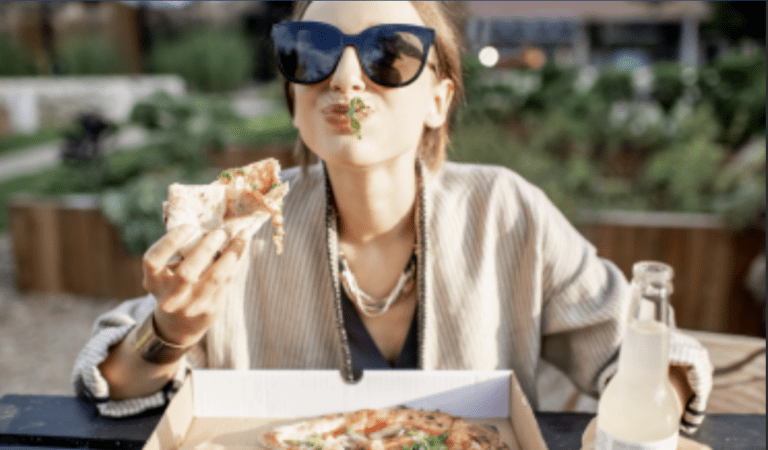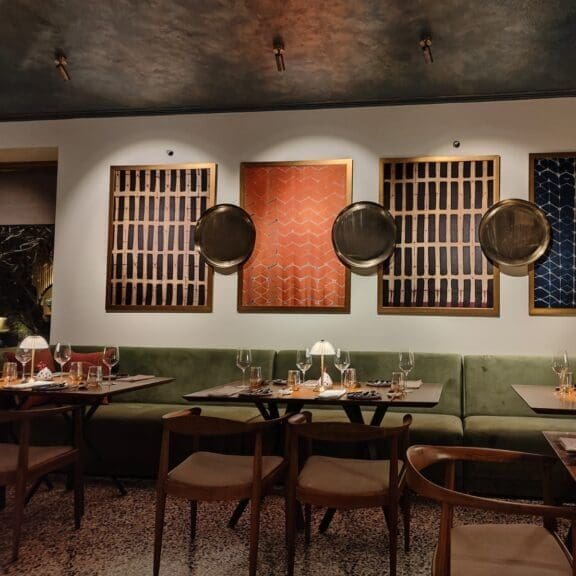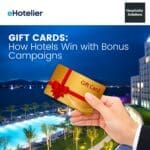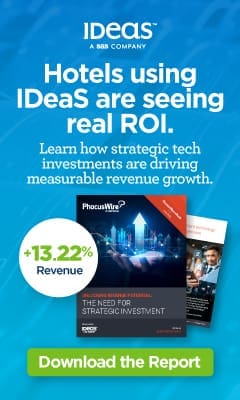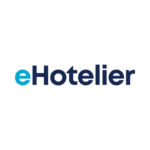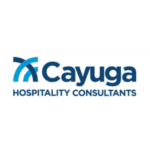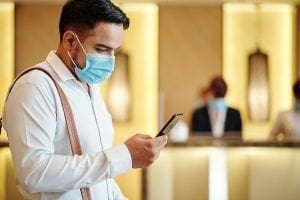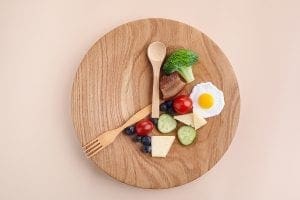 Let’s all just take a break from the constant news cycle on active COVID-19 case numbers and the rest of worldly distresses. While we’re at it, let’s take a break from eating, too.
Let’s all just take a break from the constant news cycle on active COVID-19 case numbers and the rest of worldly distresses. While we’re at it, let’s take a break from eating, too.
After all, the ‘new normal’ that is so lauded must also encompass ‘new’ ways of thinking. Today’s tidbit focuses on the ways in which food habits are changing, specifically for the traditional first meal of any given day.
While your F&B team has already gone through a tremendous amount of work to set itself up for the post-pandemic era insofar as ensuring the strictest sanitization procedures, curbside pickup, physical distancing of tables and all manner of other changes to adapt to the times, we’re sorry to say but more will likely be needed to meet the demands of ever-persnickety eaters.
No doubt your culinary artists have already worked hard at adjusting your hotel restaurant’s breakfast menu to meet the demands for vegan and keto eaters with more plant-based and no carb options respectively. But one dietary trend that always seems to elicit a shoulder shrug is intermittent fasting. That is, how do you adapt the profit-making vehicle that is breakfast service for those customers who no longer eat breakfast?
While this may seem like an esoteric topic, the bevy of medical claims supporting this regimen as a healthy form of weight loss, boosting the immune system and organ repair (read: autophagy) is rapidly convincing many to become ardent followers. The theory goes that by giving your GI tract a break from digestion – the most common form being the 8-16 or an eight-hour window of eating followed by 16 hours of fasting – it then allows your body more time to focus on repair and fat breakdown. “You can’t fix a car with the engine on,” as they say.
The most common meal that then gets excluded from this diet is the first one of the day. And the problem therein for we hoteliers is that breakfast is a cornerstone of the packages we sell and our rate programs. While it may not be a big concern right now, this is one of many future-proofing scenarios we pose to other executives when helping consult on the strategic direction for a property.
What happens when this meal is no longer an incentive to augment the guest experience but an unwanted product that fails to drive satisfaction and, worse, becomes unprofitable? What do you do when your B&B package or breakfast meal voucher doesn’t work? Aside from shifting to a ‘bed and lunch’ offer, the quick answer is to both enhance your morning beverage offerings, and then to look at the atmosphere you have created in the restaurant during these hours.
For the former, even though intermittent fasters likely won’t eat breakfast, they’re still going to want coffee, tea, water or some form of juice to tide them over until their 8-16 regimen gives them the greenlight for solid food consumption. To this end, you must look to be exceptional in one or more of the liquid categories.
Perhaps you partner with a single-origin coffee supplier or local roaster so that you can produce some truly flavorful drip without any added sugar or cream necessary to blunt the harshness of most other percolated (that is, burnt) coffees. Or maybe it’s a niche tea provider. Then look to specialty waters or other zero-calorie sodas. Lastly, on the juice front, this can be far more than simply orange, apple, grapefruit and a few of the standard smoothie blends. Add some unique ingredients, powdered boosters or look into green juicing.
As to creating a more inviting environment – one that people would want to start their mornings in regardless of whether or not they are eating – this requires a deft hand and likely some capital expense. To give you some ideas here, think about what people do and want besides food at these hours.
In a modern sense, this definitely means fast and free WiFi so that they can read the news or perform any number of their other phone-based morning rituals. Along these lines, make sure to factor in the business traveler (whenever they are allowed to start voyaging about the world again) who may be bringing their laptop to the table, in which case power outlets shouldn’t be kept out of sight. Interior design also plays a part here as the right mix of soothing and intriguing colors, furnishings and lighting can go a long way to making guests want to linger.
All told, while this particular dietary trend may still be niche, the reason we bring it to your attention is that the solutions you implement for it will ultimately benefit all other diners, so it’s a worthy exercise whether you eat breakfast or not.


